An increasing number of electric car owners charge their vehicles at home to manage their charging costs more efficiently and for more convenience. However, finding the best cost-efficient way to charge your electric car can be challenging. In this article, we shall focus on the key charging strategies for your electric vehicle at home, in the most economical and effective fashion.
1. Choosing the right price
Selecting the right electricity tariff with your energy supplier is one of the most important factors to charge your electric vehicle at an affordable price. Many suppliers offer peak and off-peak tariffs. Either opt for a tariff during off-peak hours, at nighttime generally, when the electricity demand is lower or for the British Gas EV tariff, which is a very good option for charging electric vehicles.
2. Plan your charging during off-peak hours
Once you have chosen a relevant electric tariff, plan your charging sessions during off-peak hours. Off-peak hours vary according to regions, but they are generally in the middle of the night. Charging during these hours could make a big difference to your electricity bill and help you save a fair amount of money.
3. Invest in a home charging station
Installing a home charging station could well be a wise investment, in the long run. The specific charging stations are quicker and more efficient than standard domestic sockets, meaning that you can charge your car quicker and more affordably. Moreover, with some smart charging stations, you can charge during off-peak hours and save more money.
💡 Charging at a mains socket often consumes a lot of energy, because the electrical circuits are not designed for charging an electric car (cable cross-section too small and circuit too long). Installing a Green’up socket, a heavy-duty CEE17 socket or a wallbox requires a specific and correctly sized electrical line.
4. Avoid charging to 100%
You should avoid charging your electric car to 100%, so as not to receive extortionate energy bills. Charge to 80% or 90%, according to your car manufacturer, unless you are planning a long journey and it is necessary. The last percentages of battery require more time to charge because of the increased loss of energy due to the battery's growing internal resistance as it approaches full charge.
5. Use charging management application and services
A number of charging management applications and services are available to help you monitor and optimise your charging sessions. These tools allow you to track energy consumption, schedule charging and manage costs. They can also alert you to reduced tariffs and off-peak hours to ensure you get the most out of your electricity tariff.
6. Consider solar power
If you are intending to further reduce your charging costs and you have photovoltaic panels, consider installing a solar energy wallbox at home. Not only can Solar energy power your home, but also your electric car. By using solar energy to charge your car, you can reduce your dependence on electricity from the grid and lower your overall costs.
Charging your electric car at home in a cost-effective manner stems from a combination of planning intelligently, selecting a relevant electricity tariff, using suitable charging equipment, along with a specific electrical installation, as well as optimising battery charging. You can effectively reduce your charging costs and contribute to more sustainable mobility if you avoid charging to 100%, use charge management applications, and potentially integrate solar power.
By following these tips, not only can electric car owners save money, but also play a vital role in the ecological transition.

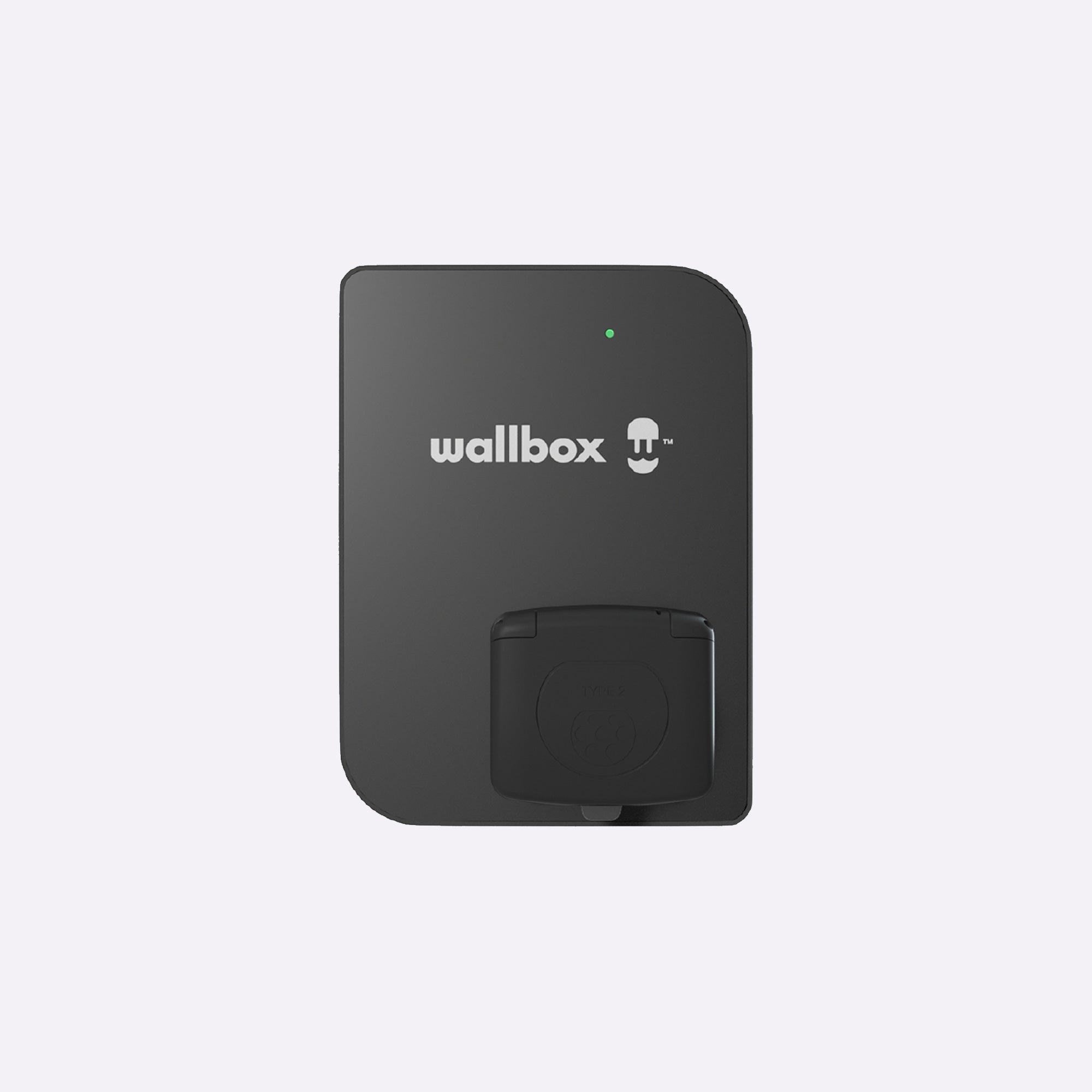

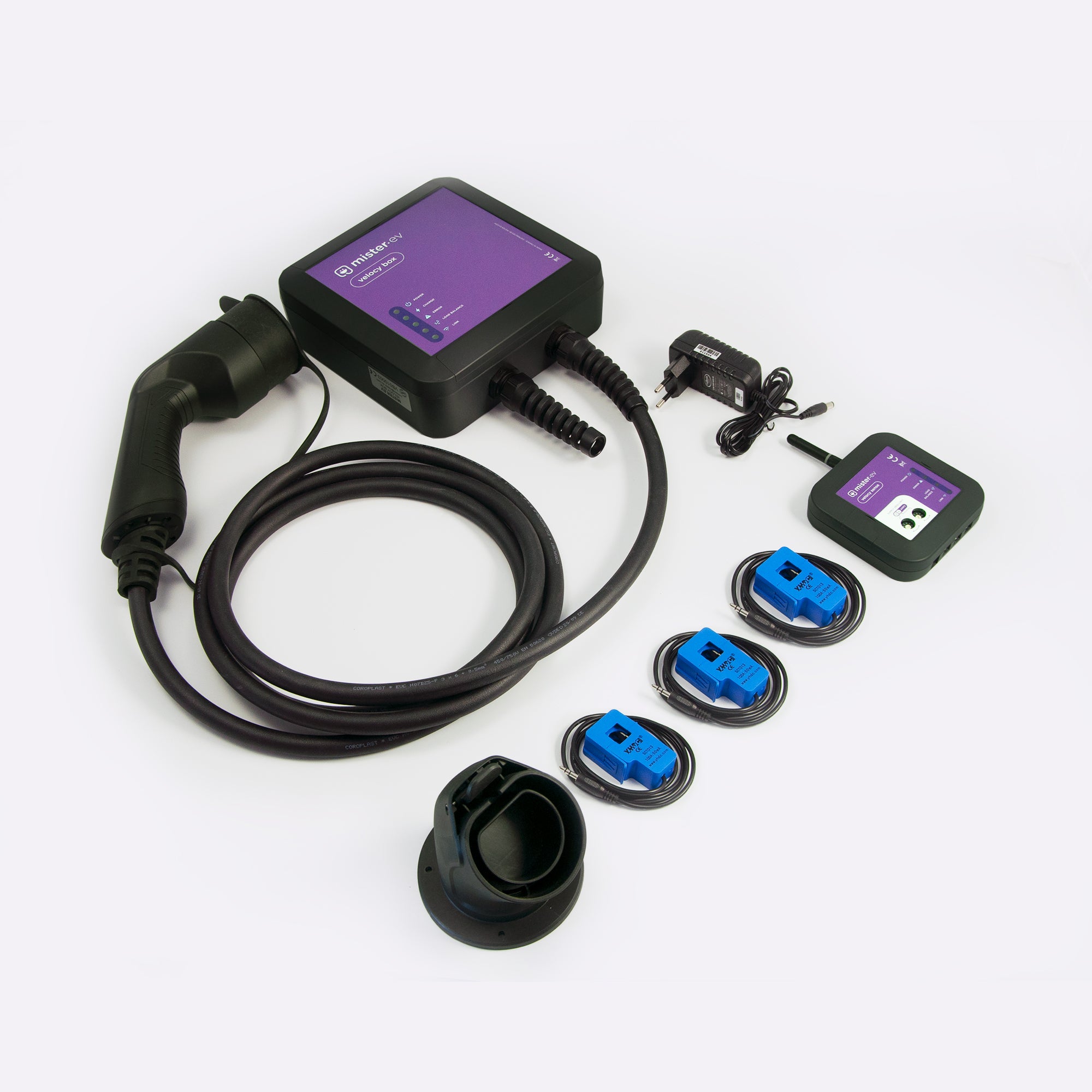
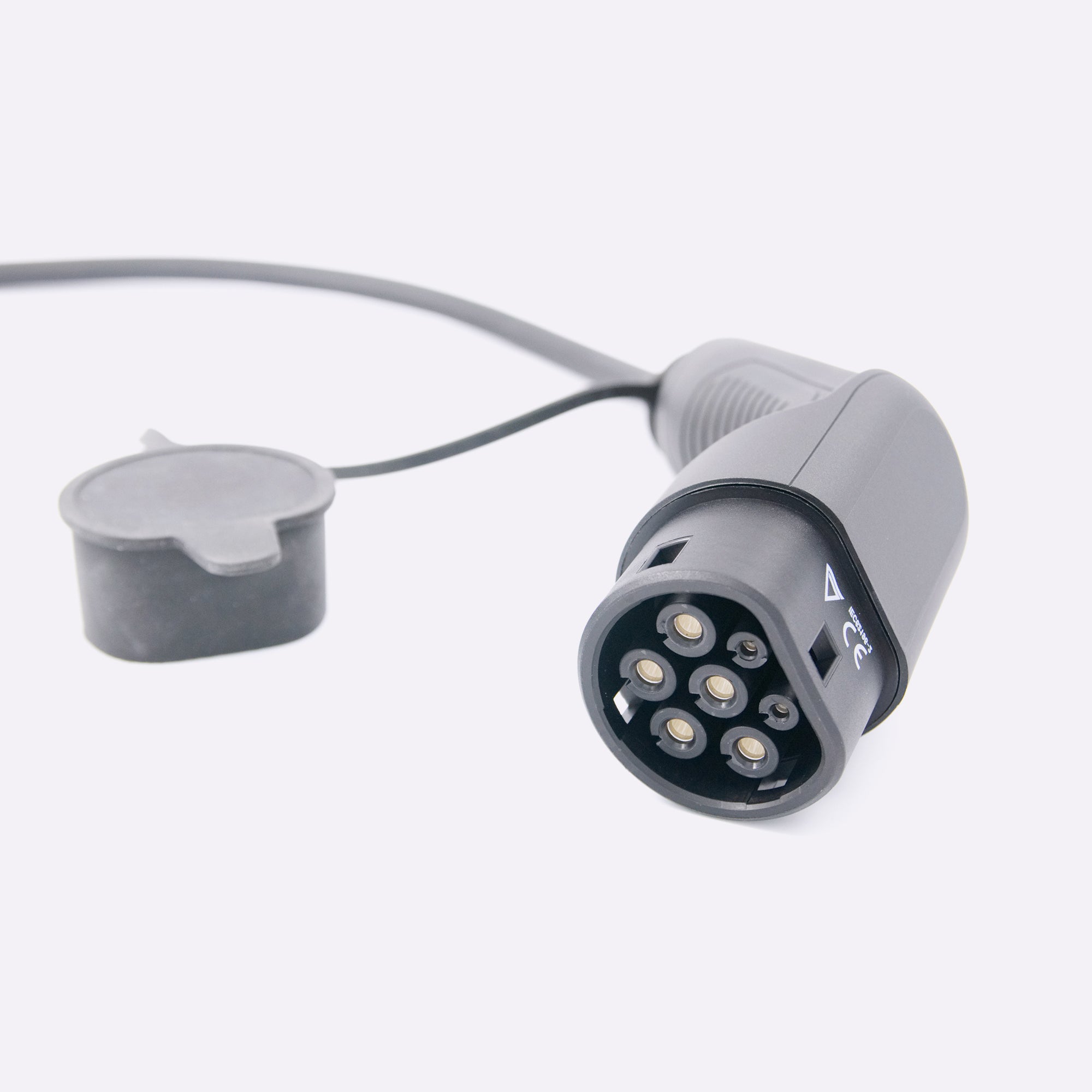
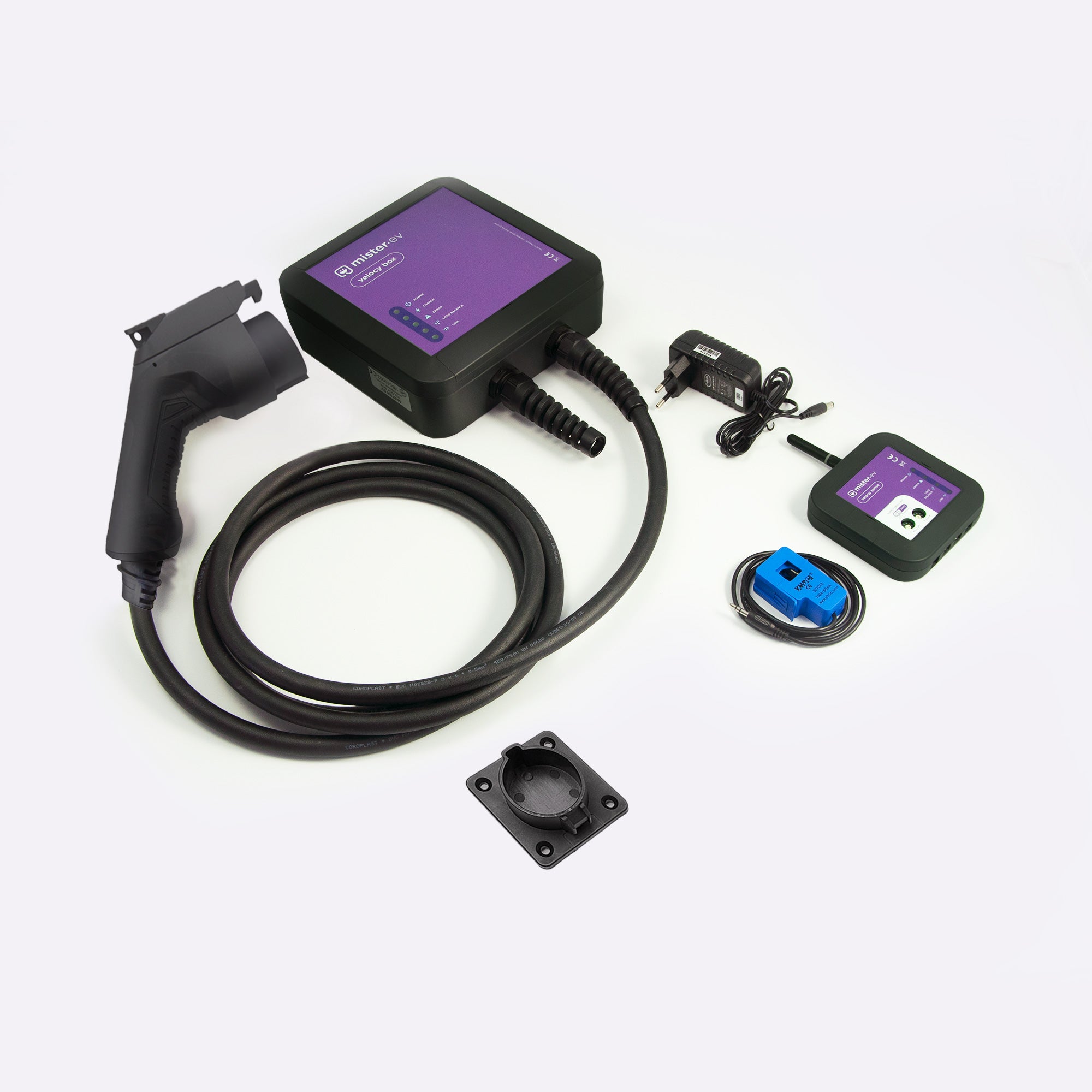
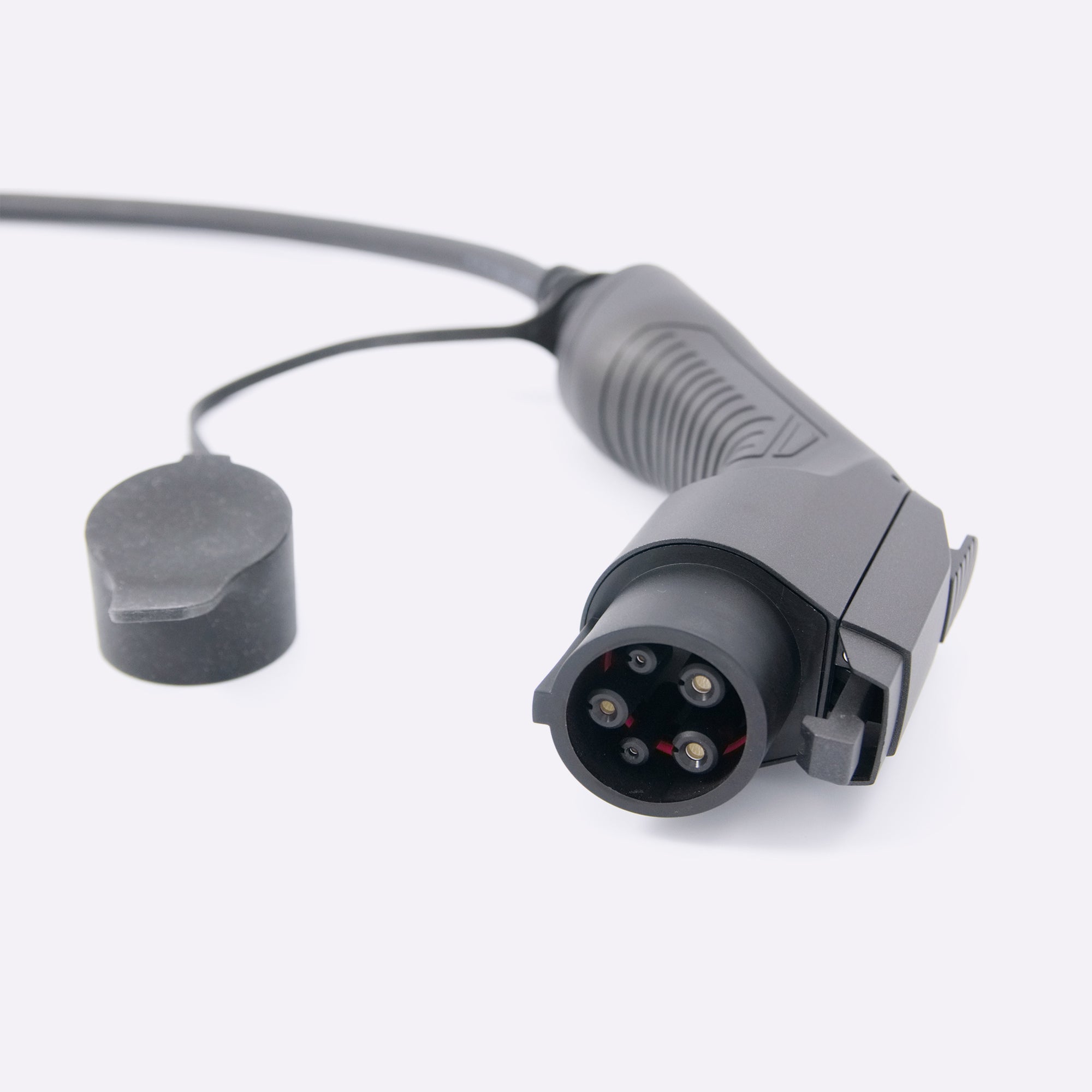
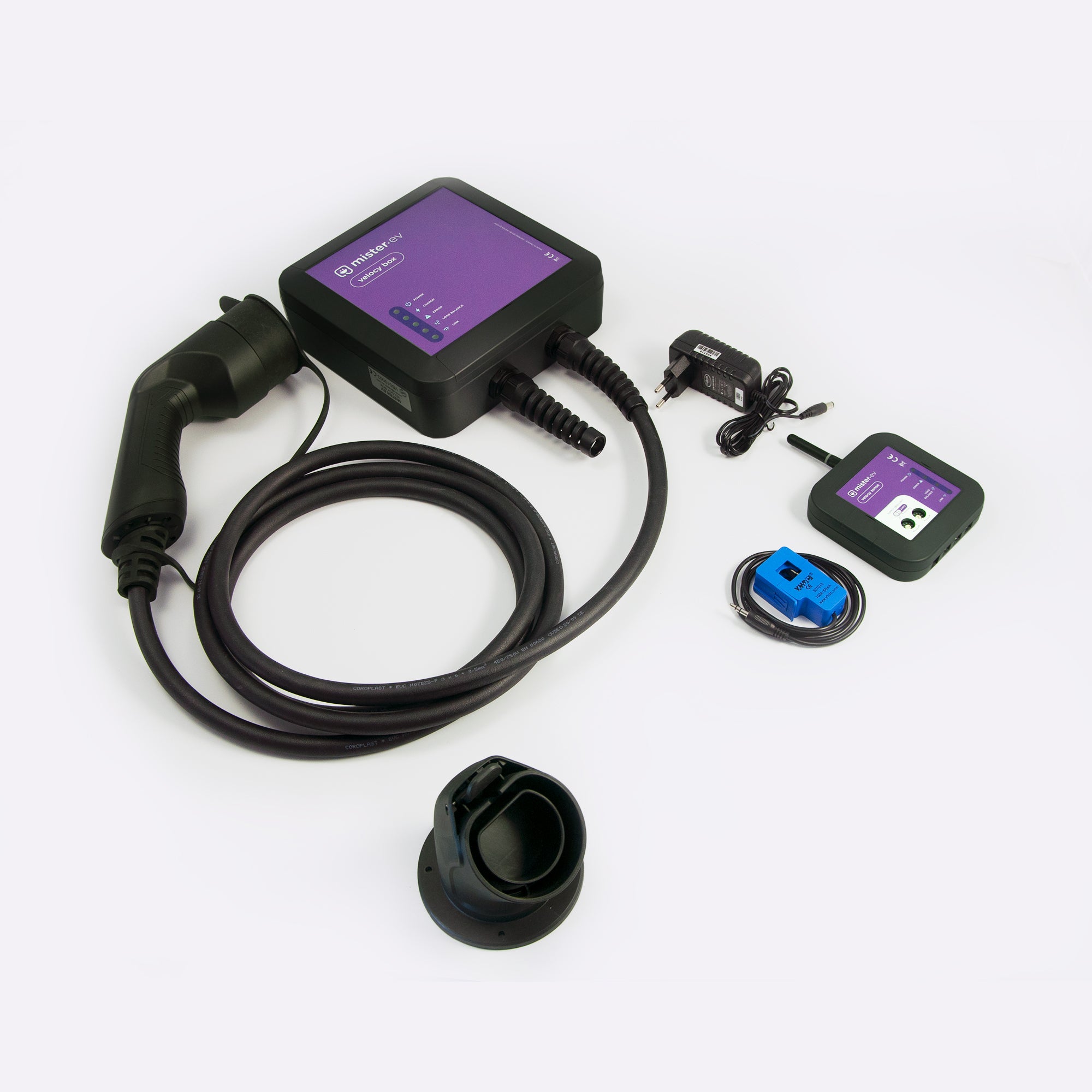
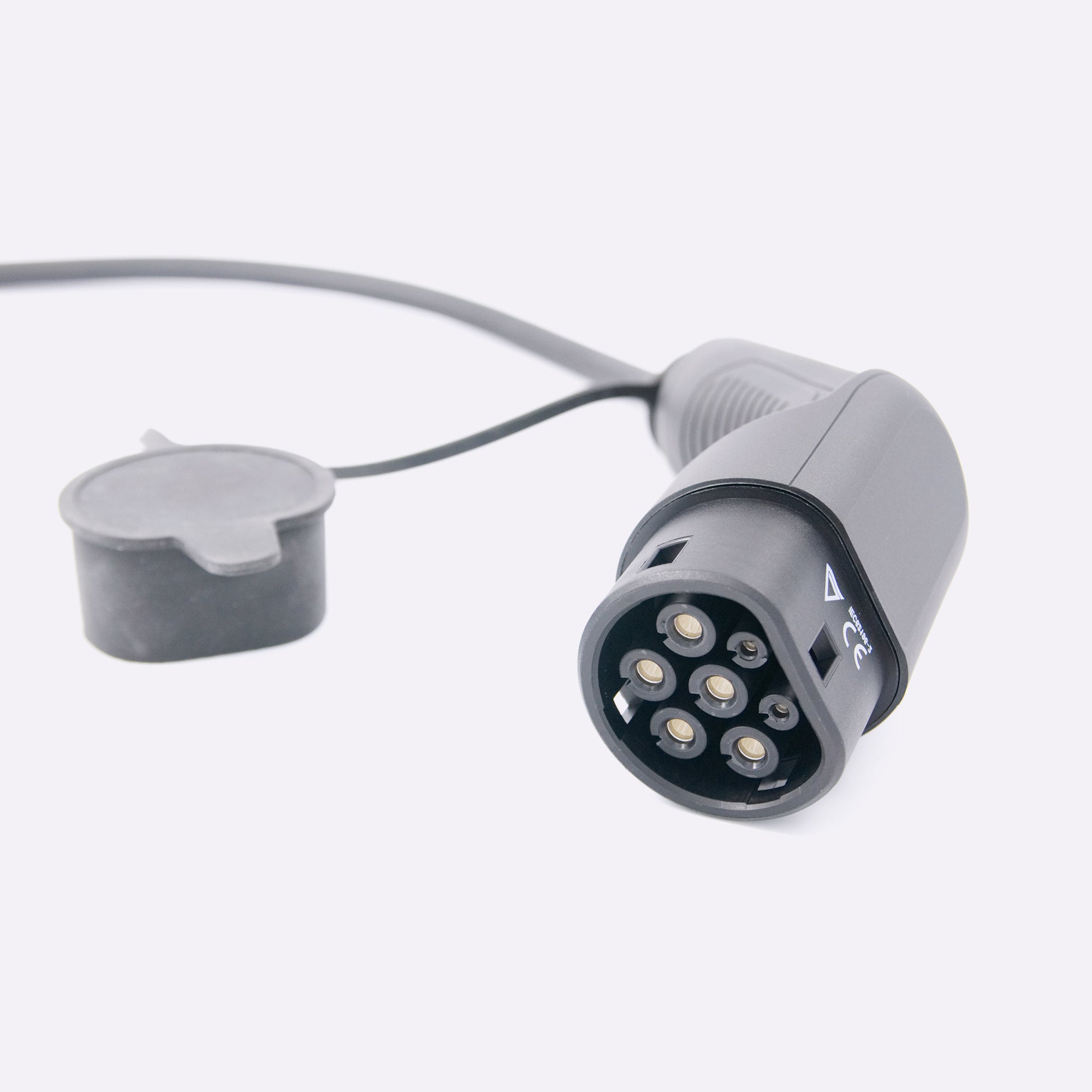



Très bon conseil a suivre.
Leave a comment